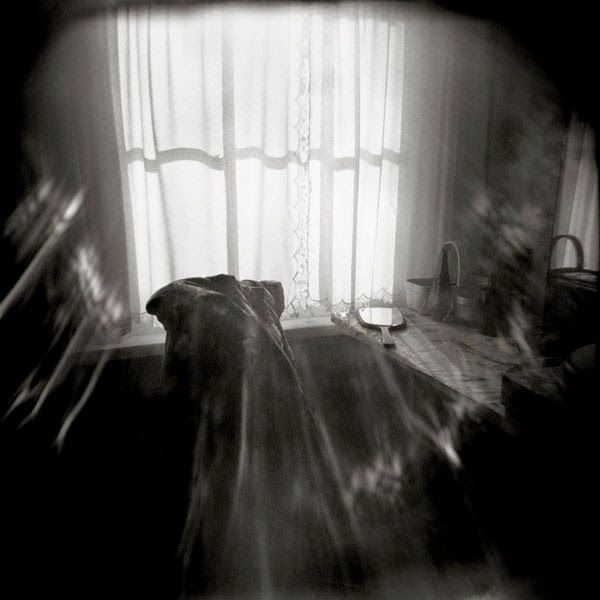Adrienne Defendi is fine art photographer living in the San Francisco Bay Area. She exhibits both locally and nationally, and is a member of the Bay Area Photographers Collective.
How did you get introduced to your first Holga and how long have you been shooting?
I began shooting with a Holga about 12 years ago when I became a new parent spending lots of time at the park. I wanted to be unencumbered at play with my child and brought along my $22 Holga in lieu of my more expensive cameras. Since then, this very first Holga (SF 120) has been my most treasured camera.
What is it about the Holga that draws you to it? Why do you shoot with it?
Shooting with a Holga helps me create the kind of photograph that mirrors my emotional register – the soft focus, the nostalgic and dreamy qualities, the layers of narrative in the play among clarity and obscurity. I have often photographed the same subject with both a Holga and Rolleiflex, and whereas I might think both are effective aesthetically for different reasons, the Holga images resonate with me more deeply.
I also love the freedom and spontaneity the Holga offers me. It falls lightly on the chest, bundles up easily in a bag, and I can easily shoot from the hip and with one hand. But perhaps most significant, photographing with a Holga over the years has become a practice of letting go and being in the present as it unfolds. Due to all the little mishaps that might occur with a Holga, I’m hopeful and inspired during the shoot but not attached to the images until I have the negatives and proofs in my hands.
Please tell me a bit about your series in which you use a Holga
In the series “In My Backyard,” I explore the contrary feelings of being a parent.
I aim to capture a quietude and nostalgia -- even melancholy -- in the inevitable passing moments of both childhood and parenthood.
 |
| Pom-poms |
 |
| My Universe |
 |
| Two Bubbles |
 |
| At Arm's Reach |
In the series A Place Called America, I present glimpses of a colorful, mythical, quirky place. As I usually shoot alone in rather solitary locations, the Holga creates a buffer for me among crowds at parades and public events; several images in this series were composed without looking into the viewfinder.
 |
| White And By You |
 |
| Buttlovers |
 |
| Blue Baton Girls |
 |
| Hope |
In my current series Nostos: The Journey Home, I photograph my childhood home where my aged parents still reside. Due to the very low light in my parents’ old colonial home, I have photographed the same subject numerous times through the seasons.
 |
| Autumn Winter |
 |
| My Mother's Perfumes |
 |
| Kimono Rests |
What are some of your biggest challenges shooting with a Holga and do you have any tips for over coming them?
My constant challenge is seeing something I want to photograph and realizing my Holga won’t be able to render a decent negative due to low light or proximity/distance of subject. Even so, I photograph it all the same and privilege the process. This can be frustrating and sometimes surprising, but mostly it keeps me in the moment and keeps me shooting.
What is your biggest piece of advice for someone just starting out with a Holga?
Play with your camera without film in it; frame, compose, and “take” the shot so you get used to its light weight. With the film in the camera, start off shooting in bright light to see how your particular camera works, and test to see how and if the few variables function. Get close, get far, take multiple exposures. If you remove the insert to shoot full frame 6 x 6 cm, be sure to regularly tape up and smooth the plastic sides where the film rolls over to minimize scratches.
What other cameras do you have in your arsenal?
Diana, a Zero Image 1000 pinhole, twin lens reflex Rolleiflex, and various Nikon and Minolta 35 mm cameras.
Favorite photo film(s)?
I use Tri-x 400 as I find it most versatile and forgiving. If it’s not a very bright day, I most always push a stop or two in the film development. For color, I love the more subtle tones of Kodak Portra 400.
What inspires you?
Beauty … decay ... irony … quietude …
The challenge to render the invisible, visible … to express visually what is for me otherwise inexpressible.
Artist website:
www.adriennedefendi.com
Thank you so much Adrienne!







No comments:
Post a Comment